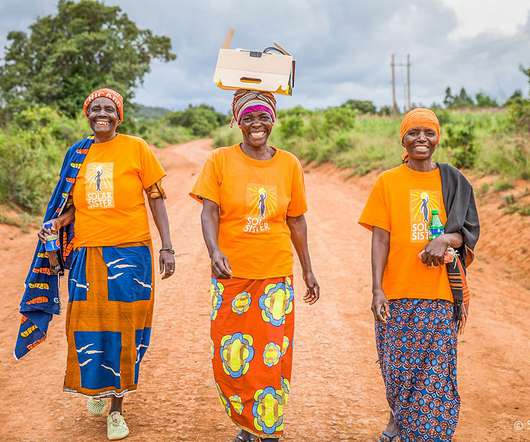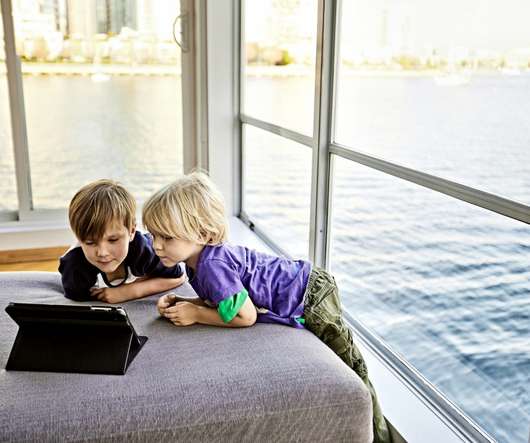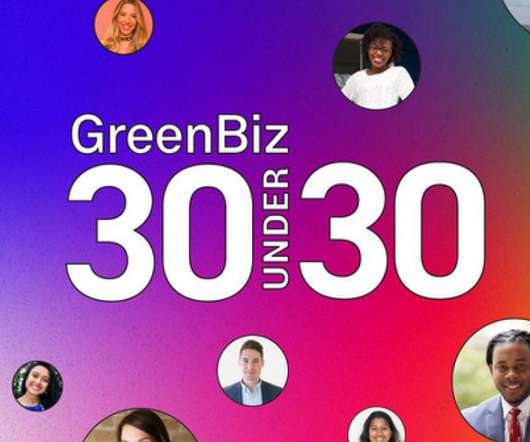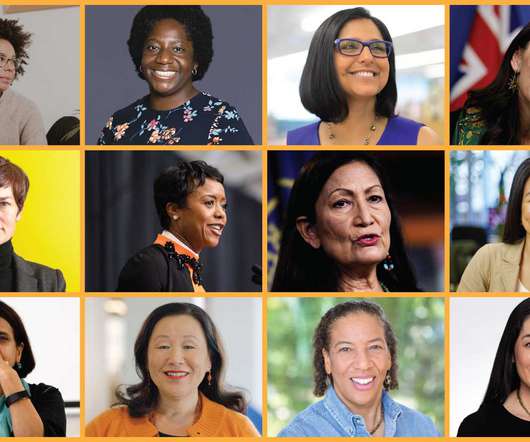Celebrating 30 Years of Collaboration With the Sustainability External Advisory Council
3BL Media
DECEMBER 29, 2022
This is especially evident in the world of corporate social responsibility, where robust thinking and dialogue help shape a more sustainable world. As we crafted our 2005, 2015, and most recent 2025 goals, the SEAC challenged us to be bold, to be ambitious, and to be a leader in sustainability. Making an impact.












Let's personalize your content